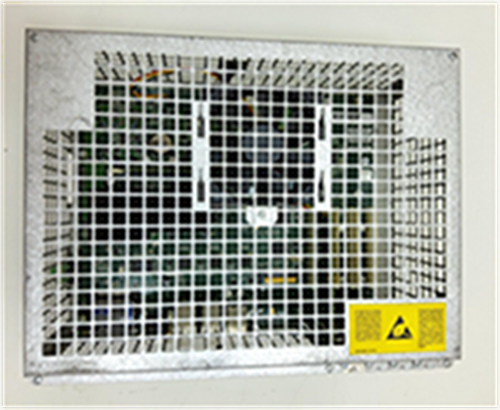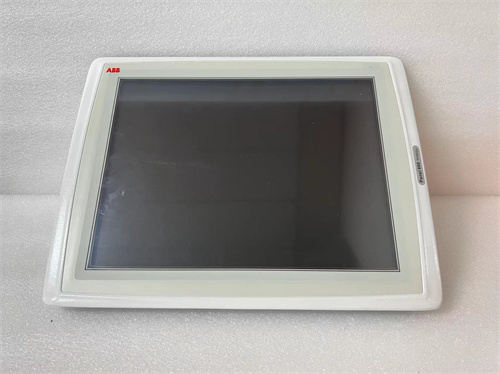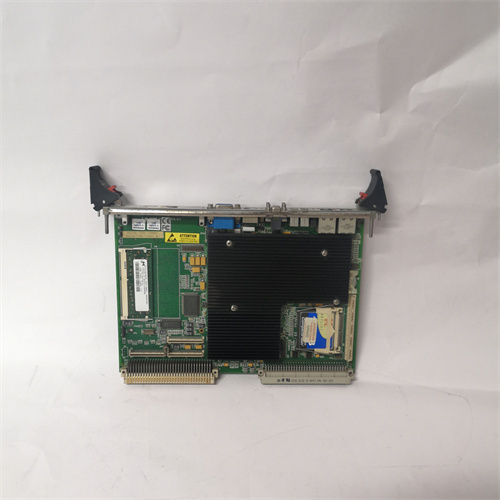Description

1. Parameter Specifications
- Power Supply: The DSQC639 is designed to operate on a 24V DC power supply. The power consumption is relatively low, typically in the range of 5 – 10W, making it energy – efficient for continuous industrial use.
- Input/Output Configuration:
- Digital Inputs: It features 16 digital inputs. These inputs are designed to accept signals from a variety of industrial sensors, such as proximity sensors, limit switches, and photoelectric sensors. The input voltage range is typically 24V DC ±10%, which is well – suited for standard industrial sensor outputs.
- Digital Outputs: There are 16 digital outputs. Each output can handle a maximum current of 0.5A, enabling it to drive small – to medium – sized loads like indicator lights, relays, and solenoid valves.
- Communication Interface: The module supports fieldbus communication, often using the PROFIBUS DP protocol. This allows for seamless integration with other devices in an industrial network, such as programmable logic controllers (PLCs) and human – machine interfaces (HMIs). The communication rate can reach up to 12 Mbps, ensuring fast and reliable data transfer.
- Electrical Isolation: It has electrical isolation between the input/output circuits and the communication interface. This isolation helps protect the module from electrical interference, short – circuits, and voltage spikes, enhancing its overall reliability.
2. Applications
- Robotics: In robotic applications, the DSQC639 is commonly used to interface between the robot controller and external devices. For instance, in a pick – and – place robotic system in an electronics manufacturing plant, the digital inputs can receive signals from sensors that detect the presence and position of electronic components. The digital outputs can then control the gripper of the robot to pick up and place the components accurately.
- Industrial Automation: In general industrial automation scenarios, it can be used to monitor and control various processes. In a food processing plant, it can be used to control the operation of conveyor belts, sorting machines, and packaging equipment. The digital inputs can monitor the status of the machines, such as whether they are running or have encountered an error, and the digital outputs can send control signals to start or stop the machines.
- Material Handling: In warehouses and distribution centers, the DSQC639 can be integrated into material handling systems. It can control the movement of automated storage and retrieval systems (AS/RS) and the operation of conveyor systems. The digital inputs can detect the position of pallets and products, while the digital outputs can control the motors and actuators of the AS/RS and conveyors.
3. Weight and Dimensions
- Weight: The DSQC639 weighs approximately 0.8 kg. Its relatively light weight makes it easy to install and handle during the setup and maintenance processes.
- Dimensions: It has compact dimensions, typically around 150 mm in length, 100 mm in width, and 50 mm in height. These dimensions allow it to be easily installed in control cabinets or on DIN rails in industrial environments.
4. Features
- Compact Design: The small form factor of the DSQC639 makes it suitable for applications where space is limited. It can be easily integrated into existing control systems without taking up excessive space.
- Flexible Configuration: The module can be configured using software tools. Users can set up the input/output functions, communication parameters, and alarm thresholds according to their specific requirements. This flexibility allows for customization in different industrial applications.
- Diagnostic Functions: It is equipped with built – in diagnostic functions that can detect faults in the input/output circuits and the communication interface. The diagnostic information can be displayed on the HMI or sent to the PLC for further analysis, facilitating quick troubleshooting.
5. Stability and Reliability
- Robust Construction: The DSQC639 is built with a durable housing that can withstand harsh industrial environments, including dust, moisture, and mechanical vibrations.
- Quality Components: It uses high – quality electronic components that are selected for their reliability and long – term performance. This helps to ensure stable operation over an extended period.
- Redundancy Support: In some applications, redundancy options can be implemented to further enhance the reliability of the system. For example, redundant communication paths can be set up to ensure continuous data transfer in case of a communication failure.
6. Real – World Examples
- Automotive Assembly Line: In an automotive assembly plant, the DSQC639 is used to control the operation of a robotic arm that installs door panels. The digital inputs receive signals from sensors that detect the position and alignment of the door panels. Based on these signals, the digital outputs control the movement and force of the robotic arm to ensure proper installation. The diagnostic functions of the DSQC639 help to quickly identify and resolve any issues that may arise during the assembly process, minimizing downtime and ensuring high – quality production.
- Textile Manufacturing: In a textile factory, the DSQC639 is used to control the operation of weaving machines. The digital inputs monitor the status of the yarn supply, such as whether the yarn is running out or has broken. The digital outputs can then control the speed and operation of the weaving machines to prevent production errors. The stable performance of the DSQC639 ensures continuous and efficient operation of the textile production line.















Reviews
There are no reviews yet.